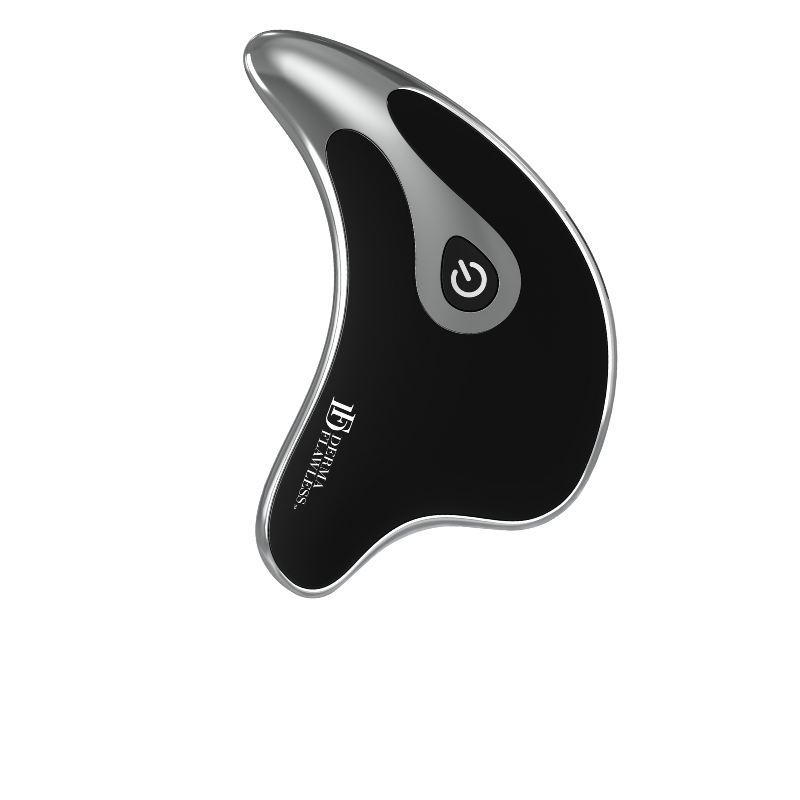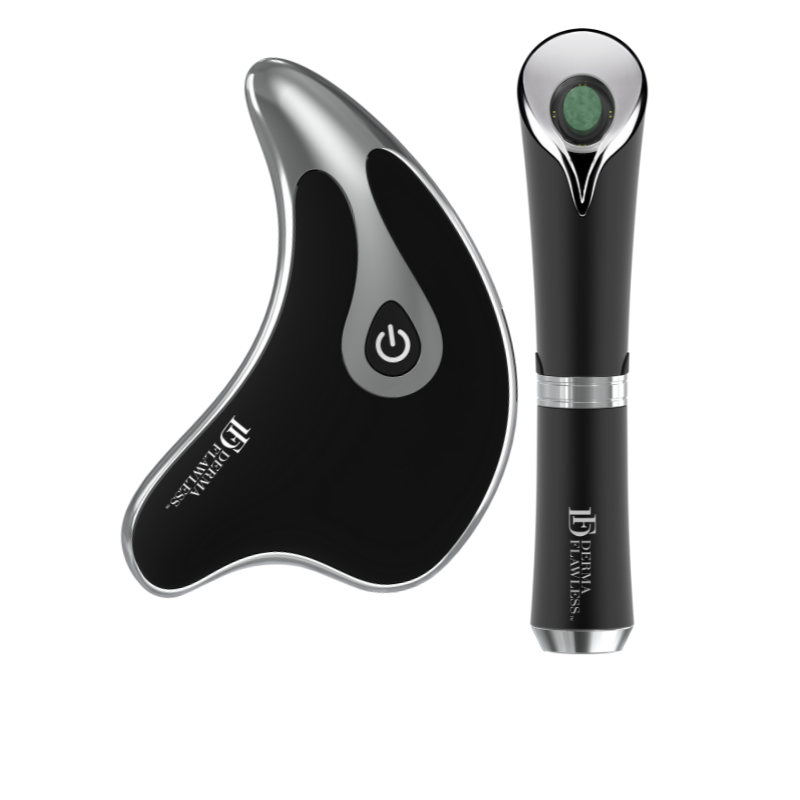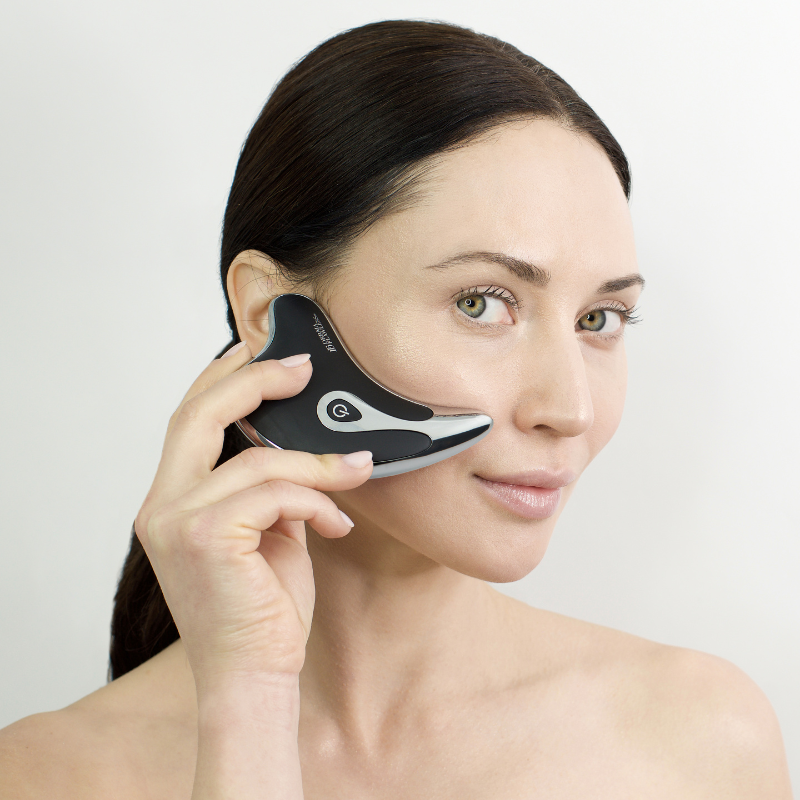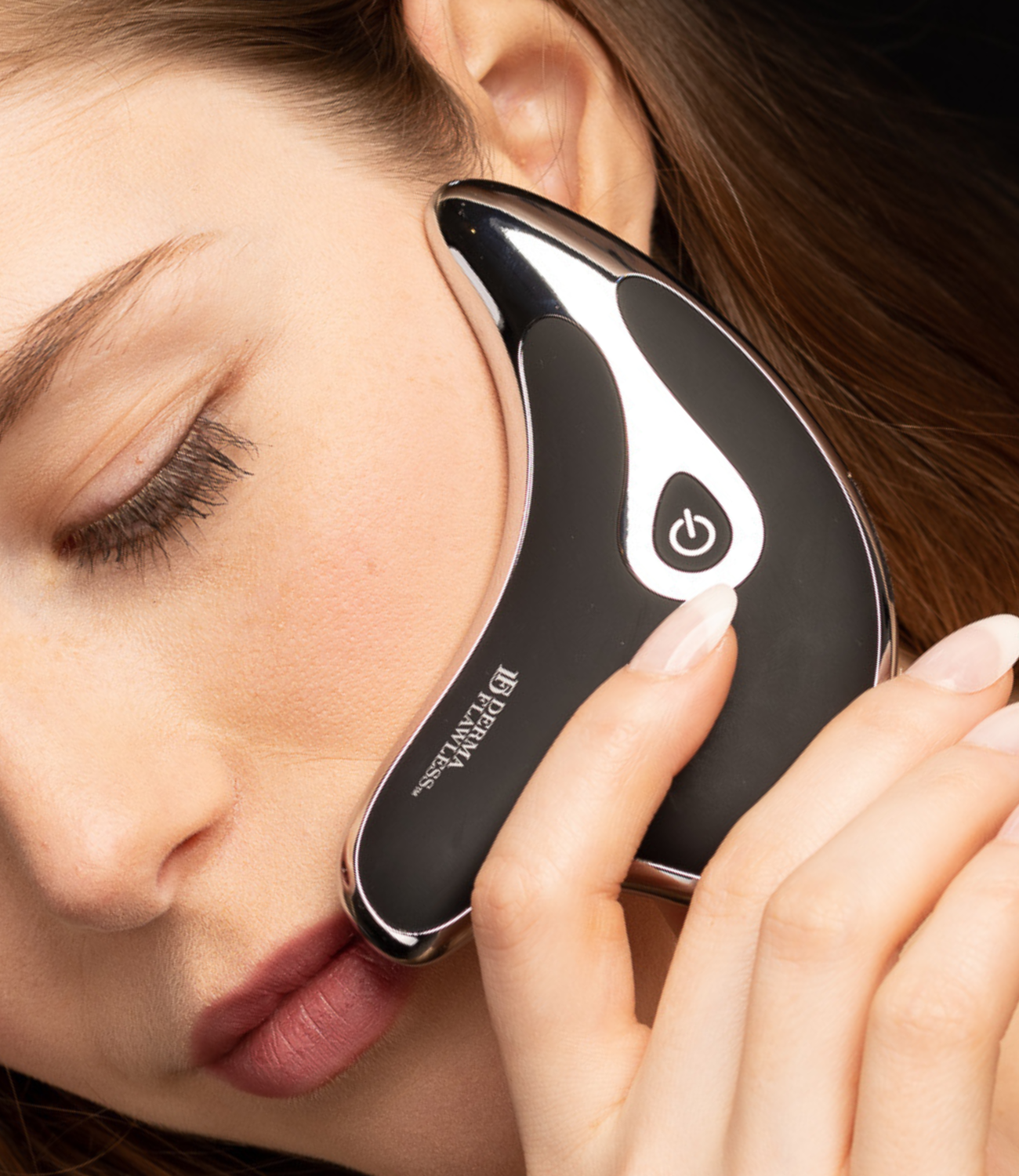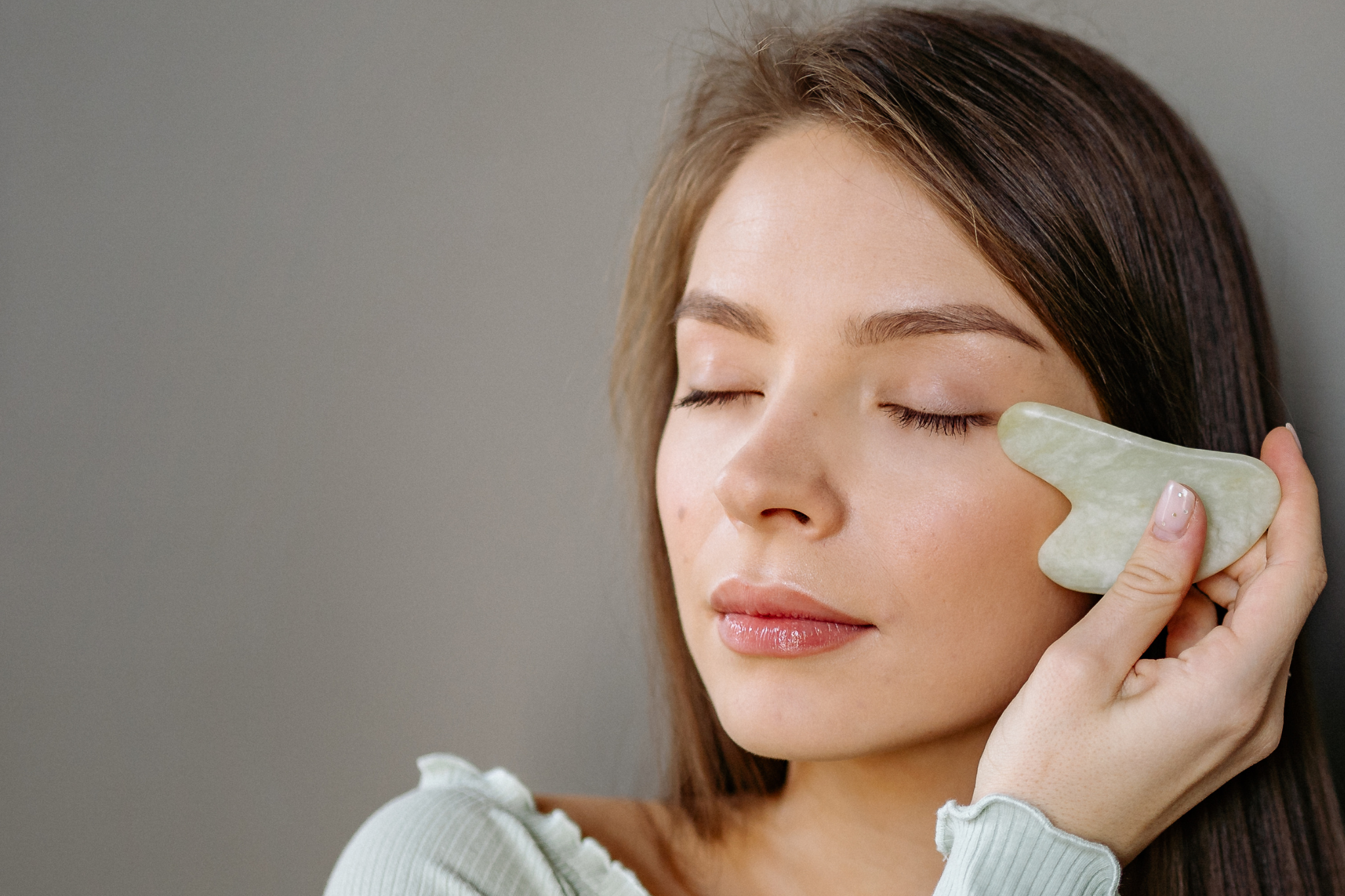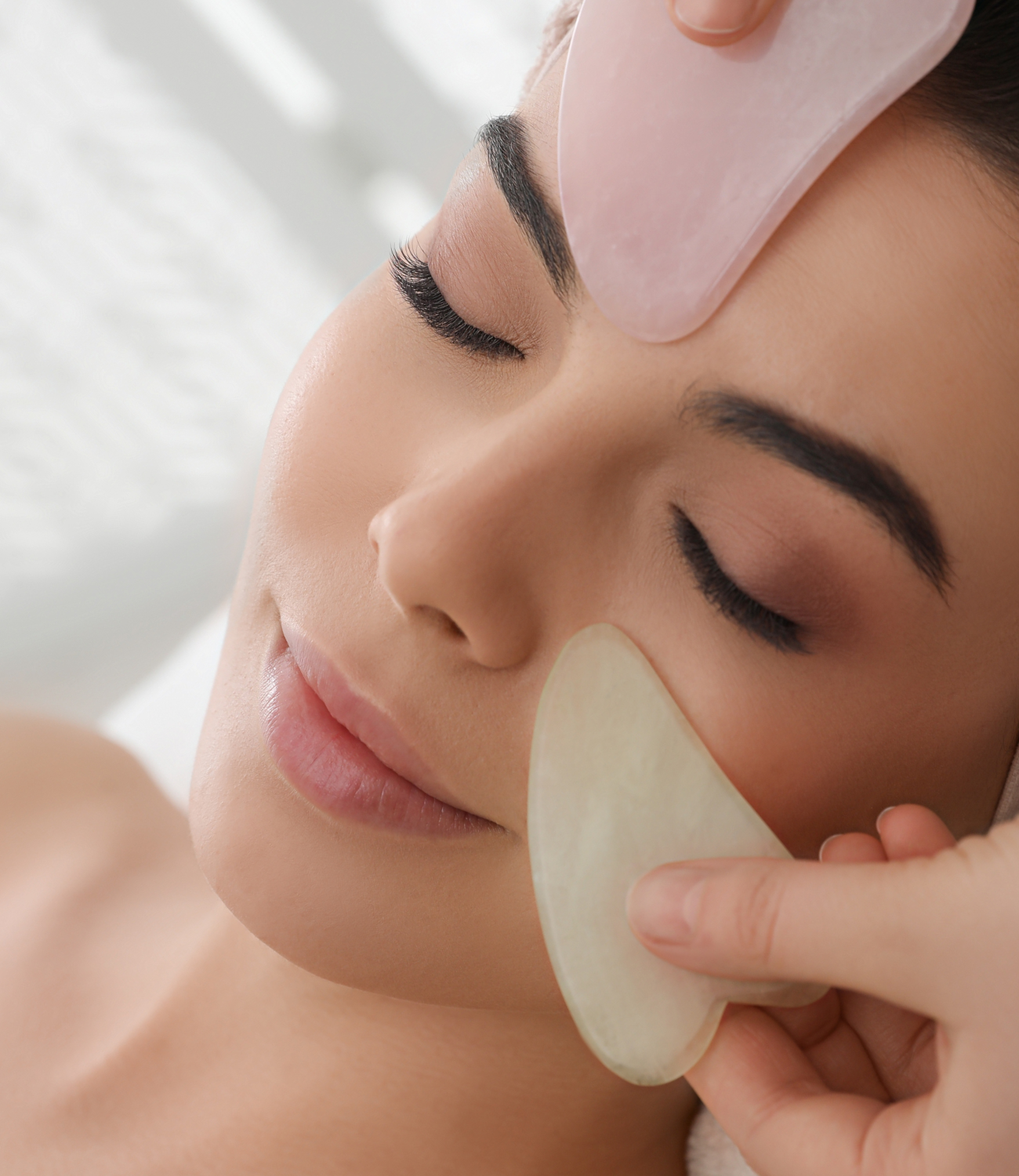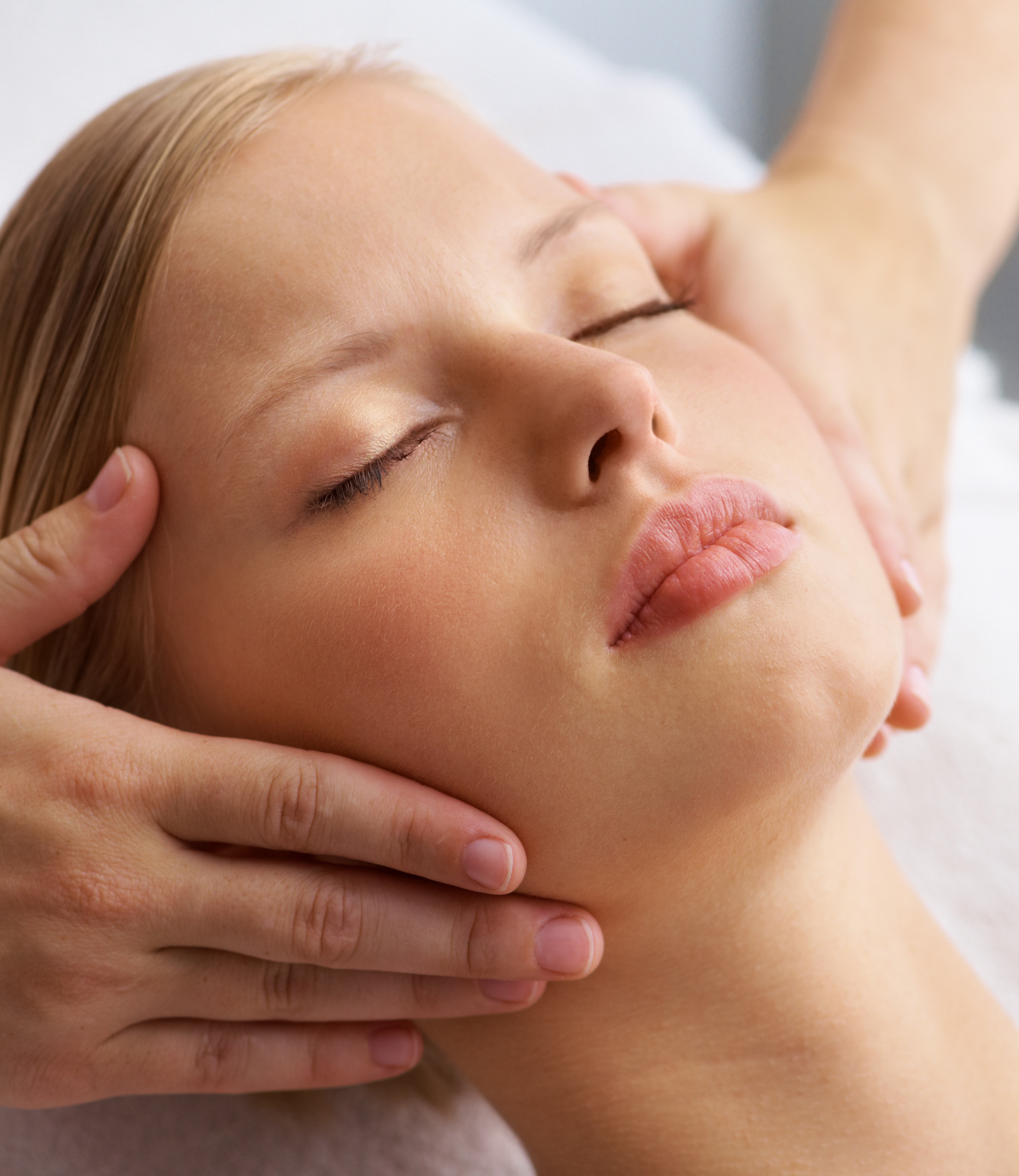The practice of face sculpting can be traced back to ancient civilizations, where different cultures developed techniques to shape and enhance facial features. The historical roots of face sculpting not only sheds light on the enduring pursuit of facial beauty but also highlights the cultural significance attached to facial aesthetics.
Face sculpting also has a rich historical significance that spans across cultures and time periods. In ancient Egypt, natural ingredients like honey, milk, and oils were used to nourish the skin and maintain a harmonious appearance. They developed beauty rituals involving massages and specialized tools for a youthful look. Ancient China embraced gua sha, gently scraping the skin to promote circulation and restore facial youth and harmony. Facial exercises and acupressure were employed to enhance muscle tone. Ancient India practiced facial yoga and Ayurvedic treatments, focusing on gentle movements and natural remedies for facial rejuvenation. The Renaissance era saw a renewed emphasis on facial aesthetics, with artists studying proportions and techniques like contouring and highlighting emerging. These historical practices reveal our enduring pursuit of enhancing and celebrating our natural beauty.
Face sculpting has had a significant impact on the present era, influencing the way we perceive and enhance our facial aesthetics. In today's society, there is a growing emphasis on personalized beauty and self-care, and face sculpting tools play a vital role in achieving these goals.
Facial fitness goes beyond physical appearance, profoundly influencing our self-confidence and overall well-being. When we feel positively about our facial appearance, it boosts our self-esteem and enhances how we interact with others, leading to improved relationships and an overall better quality of life. Embracing our unique features and taking care of our facial health not only nurtures a positive self-image but also empowers us to face challenges, pursue our goals, and experience greater happiness and satisfaction in life.
Scientific research reveals that facial fitness exercises and techniques can bring about substantial improvements in our psychological and emotional well-being. By engaging in targeted exercises, we have the power to strengthen and tone the muscles in our face, leading to a more youthful and attractive appearance. These exercises also stimulate blood circulation and promote the production of collagen, a protein that enhances the elasticity of our skin. Embracing facial fitness not only revitalizes our external appearance but also nurtures a sense of inner balance and contentment. The scientific evidence supports the transformative effects of facial fitness, highlighting its role in enhancing both our physical and emotional vitality.
In summary, facial fitness is about much more than just our appearance. It's a whole-body approach that has a positive impact on both our outer and inner selves. When we engage in facial exercises, it does wonders for our confidence and helps us connect with others more easily. This, in turn, brings about a noticeable improvement in the overall quality of our lives. Embracing facial fitness means taking charge of our mental and emotional well-being, making a conscious effort to feel our best. It's an incredible journey of self-care and personal growth that can genuinely transform our lives in amazing ways.
In our quest of beauty, adopting a holistic approach that encompasses both inner and outer well-being is essential. Face sculpting, a transformative technique, goes beyond superficial enhancements and plays a significant role in promoting balance and contributing to a comprehensive skincare routine. By targeting specific facial muscles, face sculpting restores harmony and symmetry, while stimulating blood circulation and rejuvenating the skin. It offers a holistic solution for long-term well-being and balanced beauty.
While conventional beauty practices often focus solely on external appearance, a holistic approach recognizes the interconnectedness of our physical, mental, and emotional well-being. Face sculpting aligns with this philosophy by addressing not only aesthetic concerns but also contributing to the overall health of our skin and promoting self-care from within. By addressing aesthetic concerns and promoting self-care from within, it contributes to the overall health of our skin. Face sculpting techniques, such as microcurrent therapy or vibration frequency facial massages, stimulate blood circulation, lymphatic drainage, and cellular renewal. These processes nourish the skin with essential nutrients and promote a radiant complexion.
Face sculpting works its magic in addressing the imbalances caused by factors like aging, stress, or our lifestyle habits. It's like a reset button for our appearance, helping us achieve a more balanced look that brings out our natural beauty. And it's not just about the outside – when we integrate face sculpting into our skincare routine, it's an act of self-care and self-reflection. It's a moment to pamper ourselves, to appreciate the unique contours of our face, and to improve our facial muscles.
At the heart of our ability to express ourselves lies the intricate world of facial muscles. Within the human face, a symphony of over 40 muscles choreographs our every smile, frown, and raised eyebrow. These remarkable muscles, each with its unique role, come together like a well-rehearsed ensemble to communicate our emotions, facilitate our speech, and carry out essential functions like chewing and swallowing. They are the unsung heroes behind the curtains of our expressions, working diligently to bring life and meaning to our interactions with the world. From the gentle twitch of a lip to the crinkle around the eyes when we laugh, these facial muscles weave the very fabric of our human experience.
Activating our facial muscles plays a crucial role in combatting signs of aging and maintaining a vibrant appearance. As we age, facial muscles can weaken and lose tone, leading to sagging skin and the formation of wrinkles and fine lines. By actively engaging and exercising these muscles, we can improve muscle tone, increase blood flow, and promote a more youthful and vibrant look. Facial exercises and massages specifically target these muscles, helping to lift and tighten the skin, reduce the appearance of wrinkles, and enhance overall facial contour. Furthermore, by activating our facial muscles, we stimulate collagen production, which contributes to improved skin elasticity and a smoother complexion. Regular facial muscle activation can be a natural and non-invasive way to rejuvenate the face, promote a more youthful appearance, and boost self-confidence.
Why you should start sculpting your face?
Lifted facial features
Sculpting your face can give you lifted facial features, enhancing your natural contours and promoting a more youthful appearance.
Toned facial muscles
Strengthen and tone your face with sculpting exercises, enhancing facial definition for a youthful, firm look.
Improved skin texture
Sculpting your face can lead to smoother and more refined skin texture, giving you a fresh and youthful glow.
Discover Our Devices
DERMA BUNDLE
DERMAJADE-X & DERMA V-LIFT COMBO
DERMAJADE-X
EYE CONTOUR DEVICE
DERMA V-LIFT
FACIAL SCULPTING DEVICE



